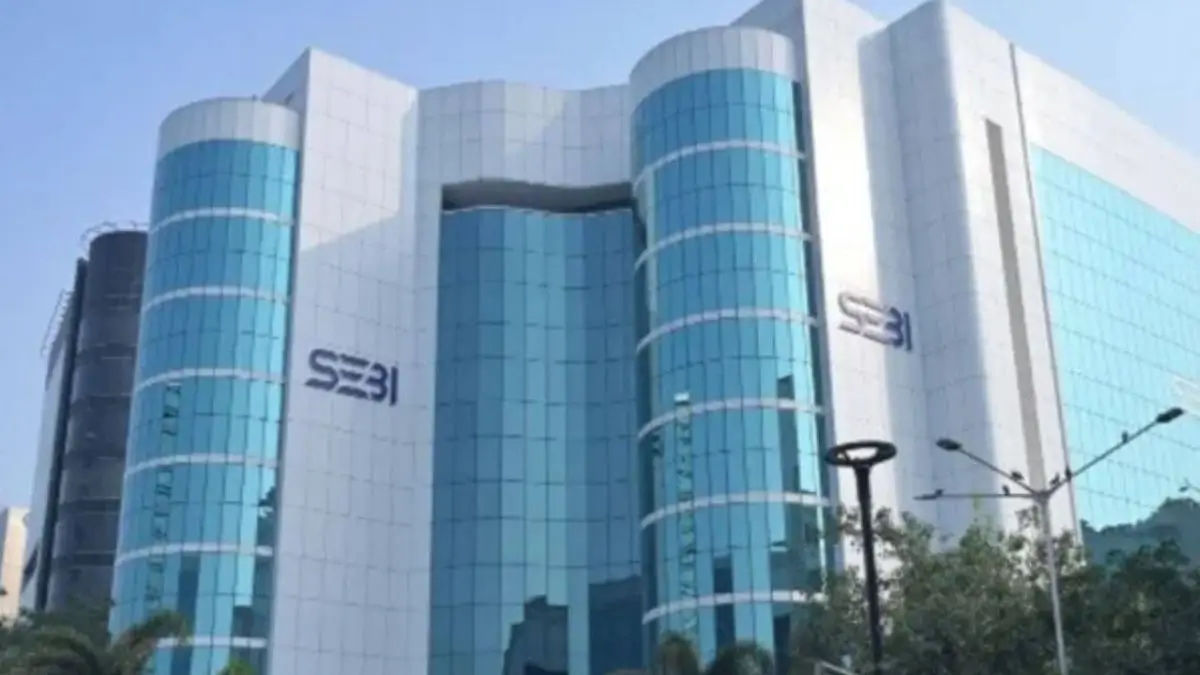India’s Manufacturing PMI Slips to 4-month low of 55.3 in February
The manufacturing sector is a significant contributor to India’s economy, and the performance of the sector has a significant impact on India’s overall economic growth. According to the data released by IHS Markit, India’s Manufacturing Purchasing Managers’ Index (PMI) fell to a four-month low of 55.3 in February. The PMI was at 57.7 in January, indicating a decline in manufacturing activity in February. The slowdown in manufacturing activity in February was due to a decline in output and new orders.
The output sub-index, which measures the volume of goods produced, fell to 57.5 in February from 59.2 in January. Meanwhile, the new orders sub-index, which measures new orders received by manufacturers, fell to 56.5 in February from 58.2 in January. The decline in output and new orders was partly due to a reduction in export orders, which fell for the first time in three months.
Furthermore, the data revealed that input costs rose at the fastest pace in eight years, and output prices increased at the sharpest rate since January 2020. This increase in costs and prices could lead to inflationary pressure in the economy, which could be a cause for concern for policymakers.
However, despite the decline in manufacturing activity, the overall sentiment in the sector remained positive. According to the survey, manufacturers were optimistic about the prospects for the year ahead, with nearly 59% of respondents expecting output to increase over the next 12 months.

Why this News is important:
Decline in manufacturing activity is an alarming sign for the Indian economy as it affects the overall growth of the country. PMI is a key indicator of the health of the manufacturing sector, and a decline in the index indicates a slowdown in the sector. This news is important for students preparing for government exams for various positions, including teachers, police officers, banking, railways, defence and civil service positions like PSCS to IAS as it helps them to understand the current economic scenario and its impact on various sectors.
Historical context:
The manufacturing sector has been a key driver of India’s economic growth, contributing significantly to the country’s GDP. The government has launched various initiatives to boost the manufacturing sector, including Make in India and Atmanirbhar Bharat, to increase domestic production and reduce imports. However, the sector has been facing challenges, including a decline in demand due to the COVID-19 pandemic and supply chain disruptions.
Key Takeaways from “India’s Manufacturing PMI Slips to 4-month low of 55.3 in February”:
| Serial Number | Key Takeaways |
|---|---|
| 1. | India’s Manufacturing Purchasing Managers’ Index (PMI) fell to a four-month low of 55.3 in February. |
| 2. | The decline in manufacturing activity was due to a reduction in output and new orders. |
| 3. | Input costs rose at the fastest pace in eight years, and output prices increased at the sharpest rate since January 2020. |
| 4. | Manufacturers were optimistic about the prospects for the year ahead, with nearly 59% of respondents expecting output to increase over the next 12 months. |
| 5. | The decline in manufacturing activity is an alarming sign for the Indian economy as it affects the overall growth of the country. |
Important FAQs for Students from this News
Q. What is PMI?
A. PMI stands for Purchasing Managers’ Index. It is a survey conducted among purchasing managers of manufacturing companies to assess the health of the manufacturing sector.
Q. What is the significance of PMI for the economy?
A. PMI is a key indicator of the health of the manufacturing sector, which is a significant contributor to the economy. A decline in PMI indicates a slowdown in the sector, which can have an adverse impact on the overall growth of the economy.
Q. What were the reasons for the decline in India’s Manufacturing PMI in February?
A. The decline in India’s Manufacturing PMI in February was due to a reduction in output and new orders. The decline was partly due to a reduction in export orders.
Q. What is the impact of the increase in input costs and output prices?
A. The increase in input costs and output prices could lead to inflationary pressure in the economy, which could be a cause for concern for policymakers.
Q. What is the outlook for the manufacturing sector in India?
A. Despite the decline in manufacturing activity, manufacturers remain optimistic about the prospects for the year ahead, with nearly 59% of respondents expecting output to increase over the next 12 months.
Some Important Current Affairs Links

















